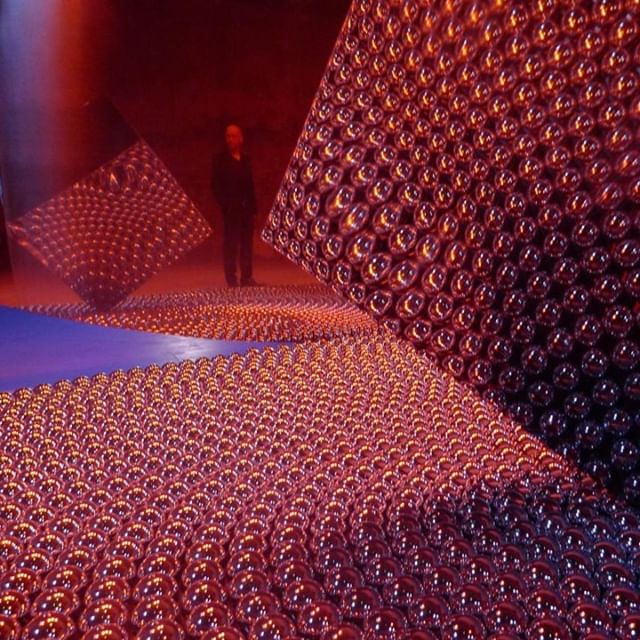
Shadia and Raja Alem
News date : 2019 - 09 - 04
Shadia and Raja Alem are Saudi Arabian sisters who base their creative talents on their ability to focus on translation and interpretation between different genres and notions of culture in an era of globalisation.
Shadia is a visual artist, whose work includes Kabat Allah Al-ulya’ (Supreme Ka’ba of God), and uses both painting and photography, and Raja is an award-winning writer. In their collaborative pieces, the artits seek to smash negative stereotypes and projections about Arab women.
.
The sisters have a unique and non-traditional artistic background. While having had a classical and literary education, the sisters acquired knowledge through their encounters with pilgrims visiting Mecca who were welcomed into their home, for generations. Since the mid 1980s, the sisters have travelled the world for exhibitions, lectures and for the general exploration and appreciation of art and literature, seeking the origins of cultures and civilisations -- the roots of the pilgrims’ stories which sparked their youthful imaginations.
.
In 2011, they represented Saudi Arabia in its first official pavilion at the Venice Biennale, with The Black Arch. An installation which investigates the negative connotations evoked by the color black, as well as exploring a transitional journey and connection between Mecca and Venice. The installation also makes use of projections and sounds which merge the sounds of pigeons, seagulls and voices of pilgrims and gondoliers.
.
'The Black Arch' is based on personal narratives and the artists speak obliquely of 'the black silhouettes of Saudi women' and the eternal light of Venice. The work is very much about a meeting point of the two artists, of two visions of the world -- from darkness to light -- and of two cities, Mecca and Venice. The work is a stage, set to project the artists’ collective memory of Black - the monumental absence of colour - and physical representation of Black, referring to their past.
As Raja explains: “I grew up aware of the physical presence of Black all around, the black silhouettes of Saudi women, the black cloth of the Kaaba and the black stone which supposedly is said to have enhanced our knowledge.”
